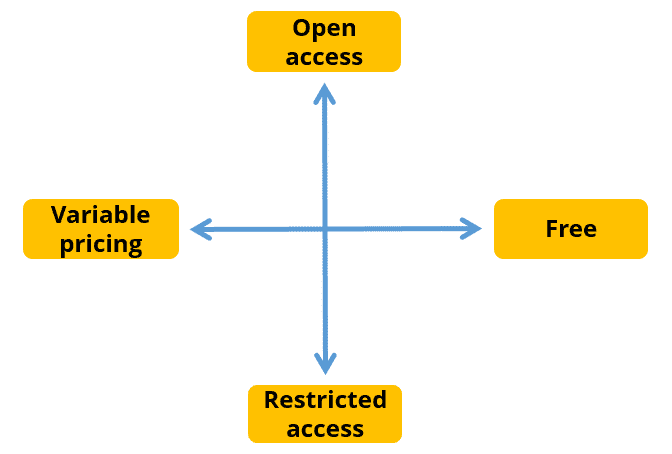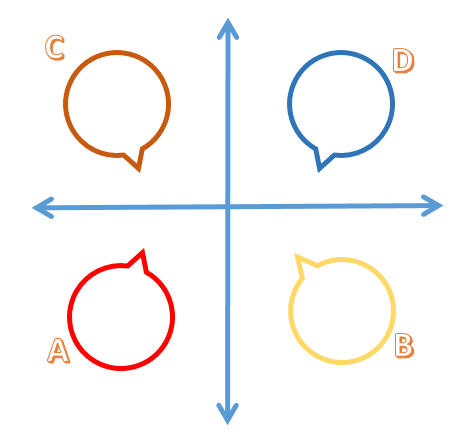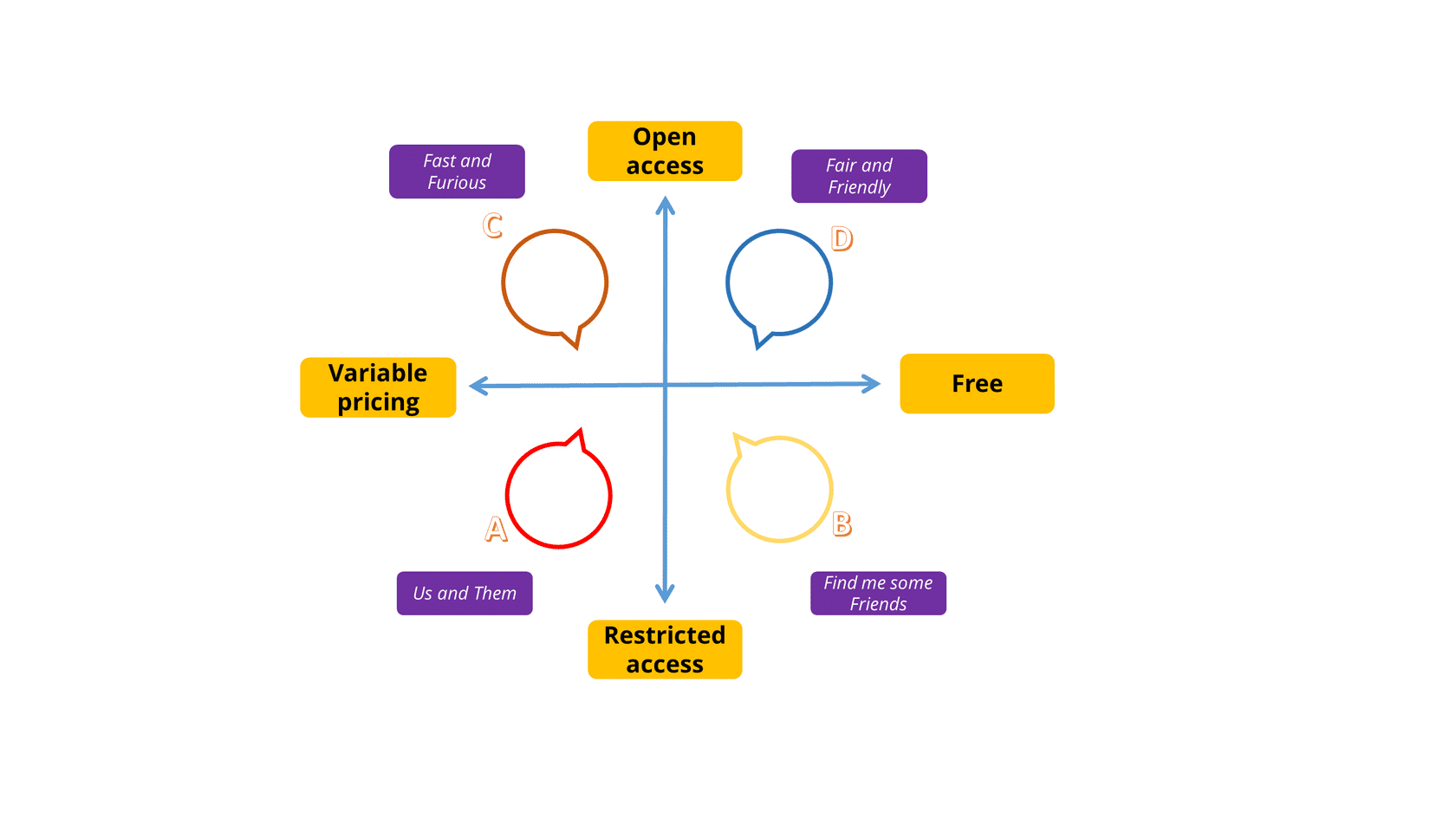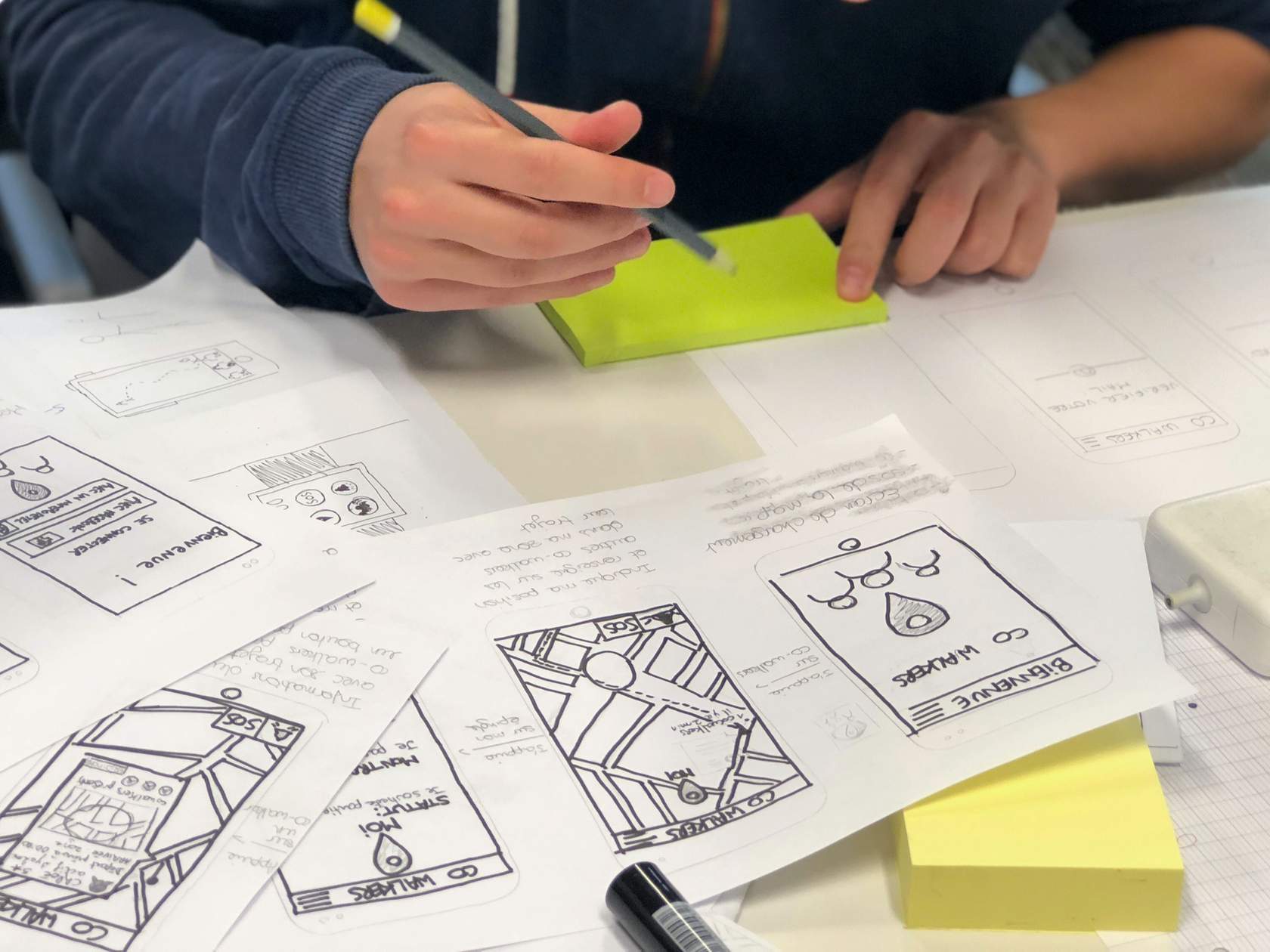58 Good thinking in action
Scenario planning and analysis Template

Scenario planning is a free flowing, brainstorming way of thinking about a situation where there are multiple possibilities. It works very well in complex situations. It is also a very good tool to use when you know that you are faced with the need to know what others might be planning or when there are several possibilities and you need to be prepared for many options.
It is also very useful when you are working on your reasoning and logic and to help you in your good thinking process.
Scenarios are great, when you know that there are multiple options and you need to be able to understand them and explain them to others.
You can also use scenarios as a Magnetizers: remember back to Pr. Cialdini and Pre-suasion?1 if you know that someone has an alternate view you can use your knowledge of the alternate view to mention that view.
With your carefully prepared comparison of your view based on your good reasoning, structure and framing, you can give the main points of the alternate view. You use cognitive language to tell the alternate side of the argument. Then using your understanding of the power of emotion and your Why, What, How principles you shift the focus to your argument. You keep your audience and your key stakeholders magnetised to your argument. You apply the Association mechanism by using powerful imagery and perhaps some mystery.
You are practising the art of good thinking!!
When you create your scenario story, you focus on the key variables and you create alternative or contingencies that include unfavourable and favourable futures.
These are the general steps of scenario planning:
Now it is time to practice building a scenario. Of course, there is a huge body of practice and literature about the whole art and science of scenario building, planning, and thinking.
In the Art of Good Thinking we want you to use the process to enhance your reasoning and logic and to be able to build cohesive and well-structured arguments based on critical and creative thinking.
Scenario
You have been asked to assess the options for a new express way linking two outer suburbs of a large Australian city. The express way will have eight lanes, four lanes each way. The two main variables are price and access. Access relates to whether or not some lanes will be for high occupancy vehicles only which have been designated as ‘restricted access’ lanes.

You have been asked to consider two options for each variable. Here are the decision points for variable:
-
1
Access. The express way will either have unrestricted access or have two lanes each way that are only for high occupancy vehicles, or it will have all lanes both ways with unrestricted access.
-
2
Price. The options to consider are either that the express way is open access, or there will be variable toll based on the time of day.
Weekends will always be free regardless of the pricing or access decisions.
We have also created a short video to help with this exercise:
Here is a visual representation of the scenario options. This is the framework for your scenario:

Once we have our variables that set the overall scene we have to start on the stories within the framework. We know that we will have four overall stories that form the foundation of our scenario:

Next, we might create an emotive name or title for each of the quadrants, or story cells, of our scenario template:

Now you would build your stories to provide richness for each of the decision quadrants. You would use your research from your General Steps process and anchored by the emotive name of each of the story cells.
After your extensive research you might have built a solid argument for each of the four story cells. However, you might also have decided that you would be recommending Option B, restricted access so that some lanes will only be for high occupancy vehicles, and there would be no toll.
Your audience members are spread over each of the four story cells.
Activity
You need to create four stories to communicate the nature of each of the options and then also prepare an argument to support each of the story cells.
You need to create four stories to communicate the nature of each of the options and then also prepare an argument to support each of the story cells.
Create four stories, one for each of the cells. Perhaps use the attitude formation model, stakeholder tools and other insights from this unit so far to help you.
Keep the stories short. Spend five minutes creating each story. Use the same sequence and structure of each of the stories so that they are as similar in flow as possible. At this stage you don’t want your decision to be revealed.
ACTION TWO
Activity
You need to create four stories to communicate the nature of each of the options and then also prepare an argument to support each of the story cells.
Create four stories, one for each of the cells. Perhaps use the attitude formation model, stakeholder tools and other insights from this unit so far to help you.
Keep the stories short. Spend five minutes creating each story. Use the same sequence and structure of each of the stories so that they are as similar in flow as possible. At this stage you don’t want your decision to be revealed.
Write a summary of each story. Prepare it as a statement that you can read out or have available for the stakeholders to read.
Practice working your way through presenting each of the stories. Be really aware of the different nature and emotional elements of each of the stories and how the stakeholder group from each might feel. Walk in the shoes of each group.
Now create an overall pitch for your recommendation. Use one or more of the techniques you have studied in the unit to make your pitch a great example of the art of good thinking.
That is enough for now in this topic. You have one more set of key elements to examine before you complete your @Work2 activity and your final reflection. Be on the lookout for your BATNA!
References
- Cialdini, R. (2016). Pre-suasion: A revolutionary way to influence and persuade. Simon and Schuster.







